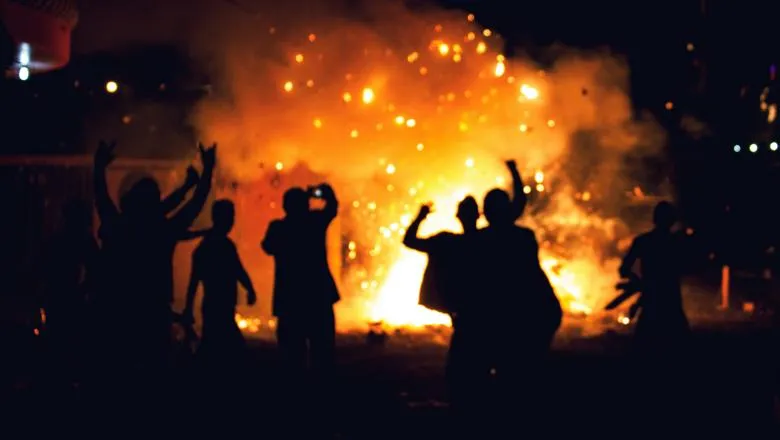We found that local gentrification reduced participation in the 2011 London riots and that the effects were large and statistically significant
Researchers
12 January 2023
Gentrification had 'significant effect' on people's decision to join London riots
The process of gentrification in London likely reduced participation in the riots that swept the city in 2011, according to a new study.

Researchers found that those living in areas of the city which had seen greater levels of gentrification between 2001-2011 were less likely to have participated in the unrest sparked by the death of Mark Duggan at the hands of police firearms officers in Tottenham.
And the study also found that the amount of damage caused to an area during the bombing campaigns of the Blitz was a strong predictor for local gentrification and, thus, for lower levels of participation in the riots.
The study, Urban change and social unrest: the Blitz, gentrification and the 2011 London riots, was co-authored by Dr Gabriel Leon-Ablan, from King’s College London, and Dr Juta Kawalerowicz, from Stockholm University.
The researchers suggest the process of gentrification reduced participation in the riots because of the changes in the social composition of an area, replacing working-class residents with middle-class individuals. The new residents were less likely to riot and this caused participation to fall.
The existing residents of a gentrifying area also likely experienced a change in their context, with fewer working-class neighbours and likely improvements in public services, and this may have affected their decision to participate in the riot.
More than 3,500 people were arrested in the days following the riots, which lead to more than 1,300 people being charged.
Gentrification for the study was measured by the change between 2001-2011 in the percentage of residents in a particular area who work in management and professional jobs, as well as the percentage change in an area’s accommodation classed as council housing. Both sets of data were gathered from censuses taken in 2001 and 2011.
The researchers said: “Decreases in the fraction of council housing capture reductions in the supply of affordable housing in an area. This would result from either the properties being sold off into the private market, the council blocks being demolished, or new private properties being built; all signs of gentrification.
“We can think of the increase in professional jobs and management as capturing the positive aspects of gentrification while the second more directly captures the negative consequences of this process - often associated with the displacement of the original residents.”
During the Blitz, Adolf Hitler’s campaign of bombing over the UK between 1940-41, about a million homes were destroyed, with London particularly badly affected. The imprecise and indiscriminate nature of the bombing meant centres of destruction were spread randomly throughout London.
After the war, the land cleared by bombing was used to construct new housing, many of which were council estates, and, because of Britain’s strict planning laws that protect pre-war structures, it is these post-war buildings that have been refurbished or demolished to make way for the new high-end housing developments that driven the gentrification process since the year 2000.
Read more...
You can read the study in full here.
